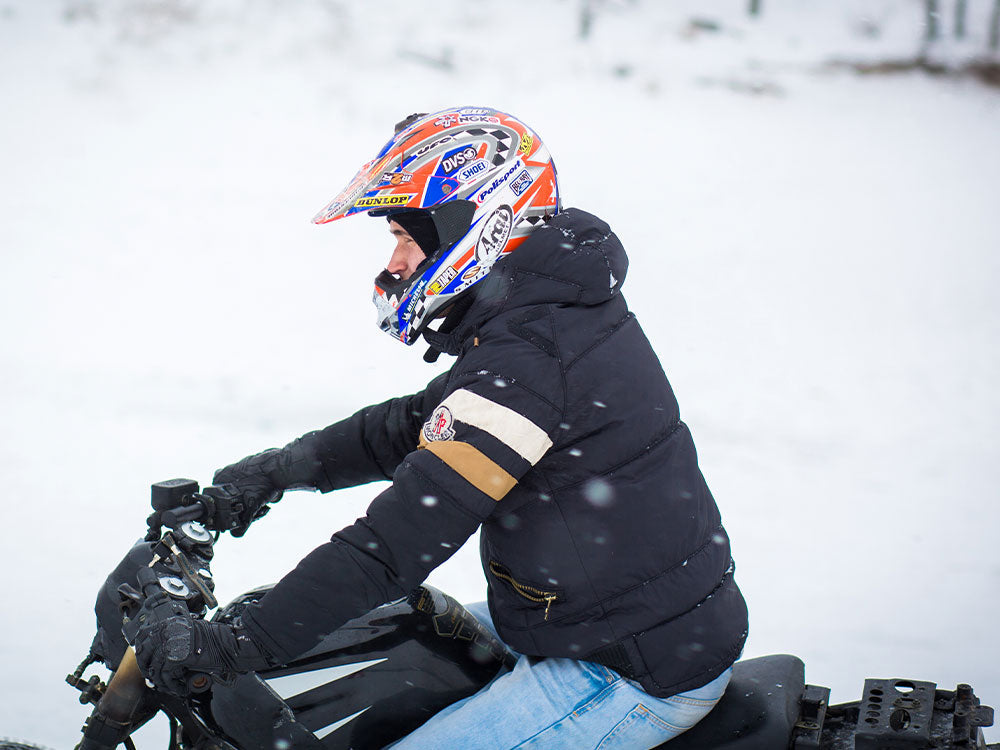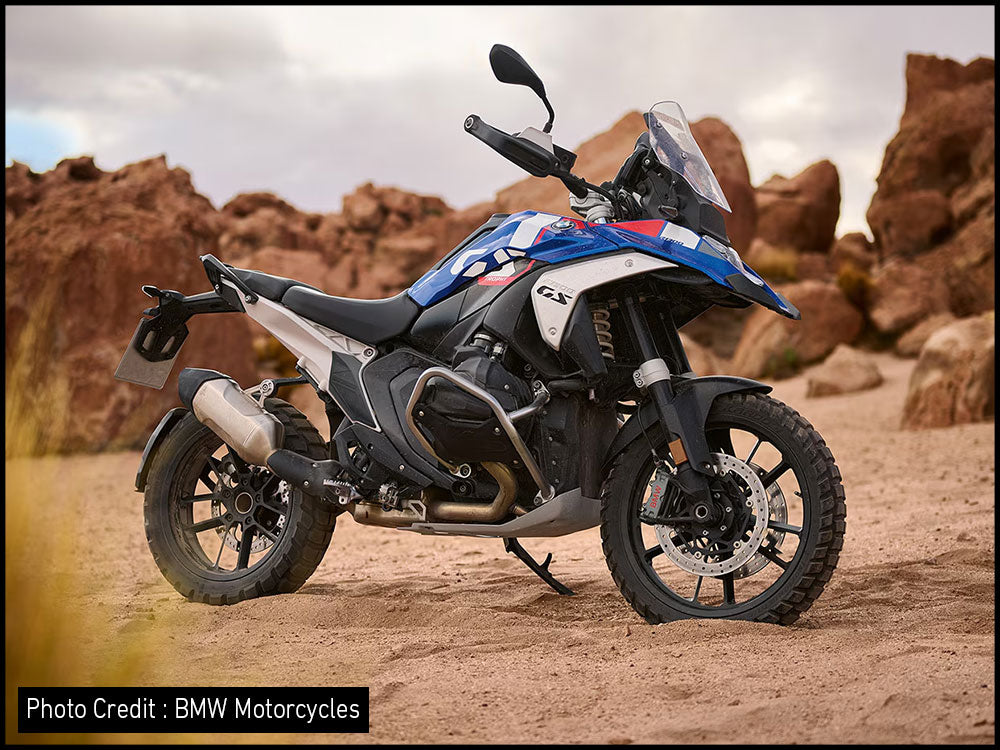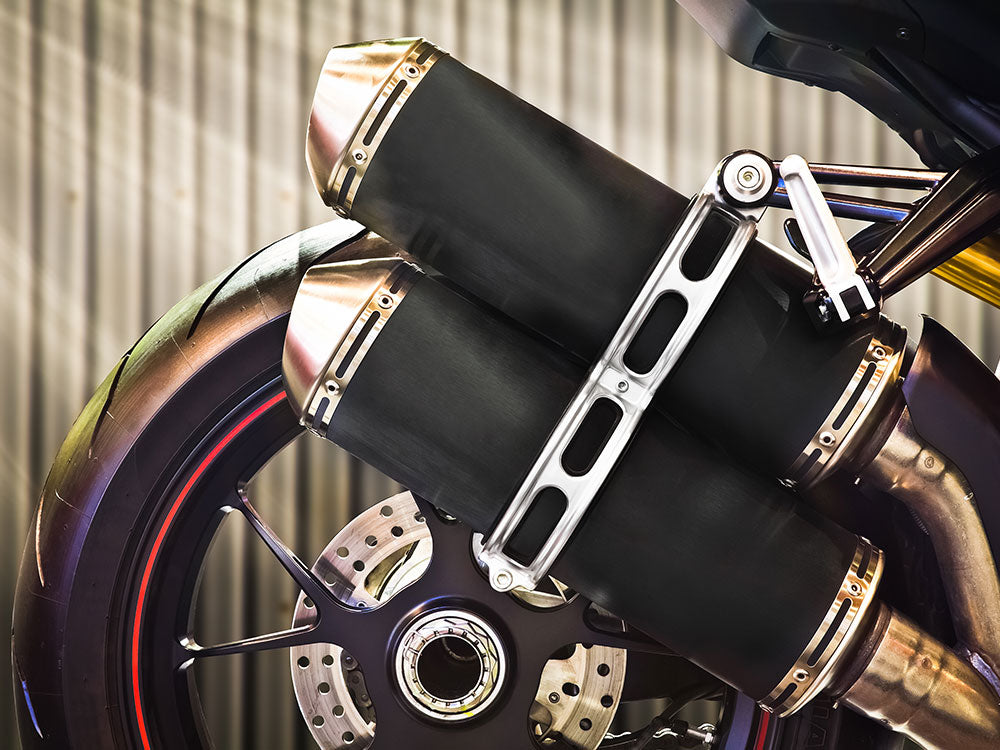Table of Content
The time of the year is about to come when only a small number of motorcyclists will be seen on the road. Winters are very harsh for motorcyclists. If you are a motorcycle enthusiast, you know it is time to prepare your motorcycle for winter storage.
If a motorcycle is your only travel option and you love to ride, you will still go for a ride. Winters may not stop you if you love to ride motorcycles. However, winters usually come with the snow. If it snows, you will most likely be restricted to your home with your motorcycle.
It is nearly impossible to ride motorcycles in the snow. The risk of accidents can increase many times if you ride in snowy weather.
It doesn’t matter how experienced a rider you are; you may be unable to keep your bike stable in the snow. The snow falling from the sky is not the major problem. What causes the most trouble is the ice accumulated on roads and everywhere.
Continue reading this article to learn why you shouldn’t ride your motorcycle in the snow.
1. Lack of Traction

When it snows, the ice accumulates on the road as a layer. The more snow falls from the sky, the thicker the ice layer on the road.
The motorcycle tires are designed to be ridden on the road, also known as the tarmac. As the tire moves, it pushes the ground backward, and in turn, the ground pushes the bike forward with a force. These frictional forces between the tires and the tarmac are referred to as traction.
As you ride in the snow with a layer of ice on the road, your motorcycle tires will not be in contact with the road. There will be no traction available to your motorbike tires. The lack of traction means the forces that push you ahead are absent.
The traction is poor on snow and ice. Your bike will not accelerate on such a road. Not to forget, motorcycle road tires are not designed to maneuver over ice. It doesn’t matter how hard you try to accelerate as much as possible; if your tire is stuck in the snow, it will not move.
2. Roads Are Slippery

When it snows, the roads become slippery. It becomes very dangerous to ride in such conditions. You can lose control of your motorcycle at any time. It doesn’t matter whether you are accelerating, decelerating, or braking; your motorcycle can lose control due to slippery roads. The chances of getting in an accident or dropping your bike are higher if you are riding in snow.
You may be trying to ride on the clear and dry lane on the road. However, as soon as your tire meets the melting ice patch, you can suddenly lose control of your bike, resulting in a crash.
3. Reduced Flexibility

Riding a motorcycle in winter reduces your body and muscle flexibility. It seizes their motion and flexibility. You may find it hard to move your fingers, hands, and legs to operate the controls.
It can be extremely dangerous to ride a motorcycle in such a condition. Riding a motorcycle requires you to be attentive and flexible. Your body muscles must be responding to every maneuver.
The feeling of cold often increases when riding a motorcycle as you are directly in contact with the wind. The wind passes your body at a much greater speed when you are riding a motorcycle. You are more exposed to external weather and conditions than cars.
The temperature usually drops too much when it snows, restricting your body movements.
There are several things you can do to avoid this. Most modern bikes come with several specialized equipment to save you from cold in extreme winters. There are:
- Thick insulated gloves
- Hippo hands
- Heated grips
- Handguards
- Caps
- Balaclava
- Helmet
- Neck gaiter
- Motorcycle boots
- Heated seats
- Insulated base layers
- Warm clothing
4. Compromised Reaction Time
Another adverse impact of snowy weather is the reduced reaction time of riders to tackle a difficult situation. Your ride experience and safety are heavily compromised due to poor traction and slipper roads while riding in snow, so you are more likely to crash due to slow reaction time.
As we discussed in the previous section, your body muscles are not as flexible and move rapidly while riding in the snow; your reaction will also be very slow. You may be unable to deal with an emergency while riding in the snow.
If you have to immediately change your lane or swerve to avoid a collision, you may not be able to do that in winter.
5. Greater Stopping Distance
While riding in snow, the stopping or braking distance also increases substantially. Due to slow reactions and compromised flexibility of your body muscles, you will not be able to apply emergency brakes. You will not be able to make the bike to a complete stop in no time.
To avoid this and to deal with emergencies safely, ride slowly defensively and keep a good distance from the following vehicles.
6. Low Visibility

Riding in the snow provides another challenge to riders. The low visibility factor is quite evident while riding in the snow. The visibility is greatly compromised when it is snowing. You may be unable to judge and predict obstacles and other vehicles, increasing the chances of motorcycle accidents.
7. Tips to Safely Ride Motorcycles in the Snow
- The first safety tip is to avoid riding in the snow. There is nothing more urgent than to be safe. Riding in the snow can greatly impact your road safety. It is better to stay home and wait for the weather to get normal.
- Use appropriate winter riding gear to keep yourself warm during the ride. Use insulated base layers and a thick upper layer to ensure you don’t get freezing cold while riding.
- Ride slowly, sensibly, and defensively.
- Check the weather and conditions before going out for a ride. Confirm whether it is safe to ride a motorcycle or not.
- Rather than going out for a ride, use public transport if you want to travel.
8. The Bottom Line
Riding a motorcycle in the winter is very challenging. Motorcycles are usually open; there are no cage-like structures covering the rider from cold and wind. The rider is exposed to the external conditions.
However, this is not the only issue. It usually snows during winter in the U.S., making motorcycle riding nearly impossible. The roads are covered with snow, and you may not be able to find a clear and dry lane to ride. Roads become slippery, there is a lack of traction, and the riders’ reaction time is also slow, increasing the risks of motorcycle accidents.
The tires you use the whole summer will become useless in winter because they are smooth. If you are new to motorcycling, don’t try riding the bike when it is snowing. Not to forget, the snow on the road is more dangerous.
It is better to stay home rather than risk your life and motorcycle’s safety. Wait until the roads are clear before going out for a ride. In the end, ride safely, slowly, and defensively. Wear appropriate insulated riding gear in winter to stay warm.
















Leave a comment
All comments are moderated before being published.
This site is protected by hCaptcha and the hCaptcha Privacy Policy and Terms of Service apply.